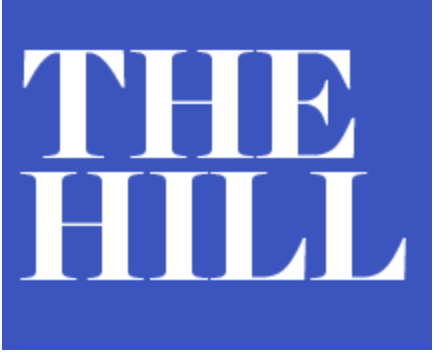 A few weeks ago, I had the pleasure of taking a trip out west to visit several national parks in Utah, including Arches and Canyonlands. I have spent years working with national parks; first as a National Park Service (NPS) Ranger and now as the executive director for the Coalition to Protect America’s National Parks, an organization representing over 1,900 current, former and retired NPS employees. But this was my first trip to Utah and the stunning scenery of these places did not disappoint.
A few weeks ago, I had the pleasure of taking a trip out west to visit several national parks in Utah, including Arches and Canyonlands. I have spent years working with national parks; first as a National Park Service (NPS) Ranger and now as the executive director for the Coalition to Protect America’s National Parks, an organization representing over 1,900 current, former and retired NPS employees. But this was my first trip to Utah and the stunning scenery of these places did not disappoint.
However, there was one thing missing from these iconic landscapes and that was the iconic ranger. While visiting, there was a noticeable lack of NPS employees as I explored these famous parks. Some NPS staff were directing the flow of traffic that wound around parking lots and backed up through park entrance gates. But as we navigated the parks themselves, there were no interpretive rangers out on the trails or offering insights at overlooks.
These Utah parks were packed, and national parks across the country are sure to see an increase in visitation this summer as more visitors than ever escape the confines of quarantine and head out to soak up the healing power of the natural world. And President Joe Biden’s ambitious America the Beautiful Plan — which sets a goal to not only protect 30 percent of U.S. lands and waters by 2030 but to increase access to outdoor recreation opportunities for all Americans — will likely provide a further bump to national park visitation.
However, our national parks are woefully underfunded and understaffed, despite the passage of legislation like the landmark Great American Outdoors Act. In the past decade, the NPS has lost over 3,500 positions despite the additions of 31 new parks, five more national trails, and nine new wild and scenic rivers.
The stewardship of our incredible national parks has become increasingly difficult over the past 10 years due to several factors, including flat budgets that have not been adjusted for inflation, parks having to absorb fixed costs associated with higher rents and utility bills; increased staffing costs through annual pay raises and the need for more seasonal staff to handle the busier shoulder seasons.
At Utah’s Zion National Park, for example, visitation has gone from 2.6 million to 4.5 million since 2010. While the dollar amount of Zion’s budget is essentially the same in fiscal year 2021 that it was in fiscal year 2010, the buying power has gone down 14 percent when you consider inflation, as well as fixed and related costs.
Today, the NPS is managing 423 national park sites with annual visitation exceeding 327 million in 2019, prior to the COVID-19 pandemic park shutdowns. To stay within their budgets, many national parks have been unable to fill vacant positions, resulting in fewer people to do the work needed to serve visitors and care for our parks. As an added blow, the ability of parks to address critical natural and cultural resource challenges has been even further diminished as program and regional office staffing has been reduced as well.
I didn’t see many national park rangers during my time in Utah’s national parks. And these figures explain why.
We need to support our national parks and public lands and ensure they will be protected not just because we need them today, but for the benefit of future generations. This means passing legislation that would help protect our parks from the threat of oil and gas leasing. It means working to achieve the goals laid out in the president’s America the Beautiful Plan. And it means ensuring that our national parks receive the funding they need to hire the staff that can ensure our incredible and irreplaceable resources are protected for generations to come.
Amy Gilbert Fehir worked for the National Park Service and is currently the executive director of the Coalition to Protect America’s National Parks.
